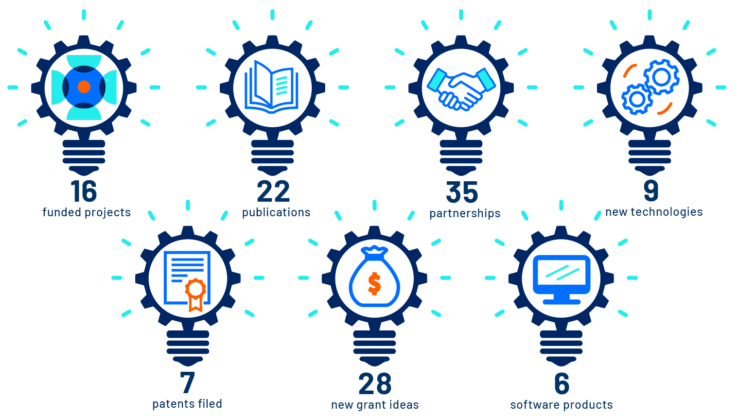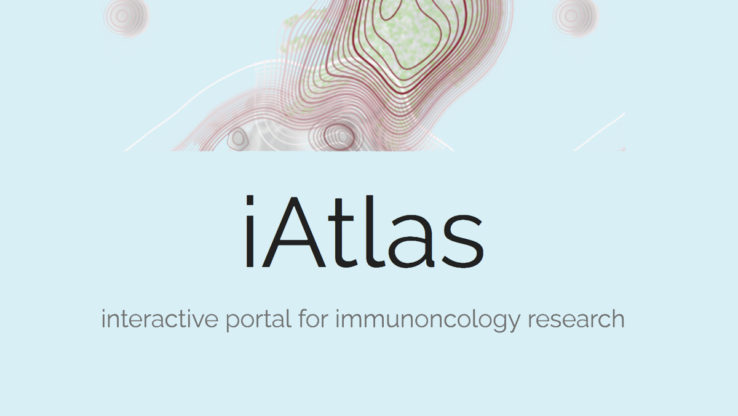Dec. 5, 2013
3 Bullets:
- ISB researchers used the systems approach to develop a new way to integrate data from different classes of networks to better understand how cells function.
- The method is a software program called GEMINI and it’s the first of its kind to integrate data from metabolic networks to refine transcriptional regulatory networks.
- GEMINI has higher success rate than existing technologies.
By Matt Richards
In a study published on Dec. 5, 2013, in the journal PLOS Computational Biology, researchers at Institute for Systems Biology describe the first use of a genome-scale metabolic network of yeast to refine a gene regulatory network. This method, called GEMINI (Gene Expression and Metabolism Integrated for Network Inference), is a software program that permits the integration of data from different classes of networks in order to better understand how cells function and what traits they express.
Every cell in your body contains identical copies of your DNA. But how those cells differentiate into, say skin cells or lung cells, is the result of interactions that take place in the transcriptional regulatory network (TRN). The TRN is essentially a map of how all the genes in an organism interact to mediate all the body’s functions. Researchers long have tried to model TRNs in order to better understand the underlying molecular processes that cause cells to change. With this understanding, researchers can better predict how cells will respond to perturbations such as disease.
The current practice of reconstructing TRNs generally uses data only from the respective network. While it’s possible to construct TRNs this way, it creates too many potential molecular interactions to identify efficiently what interactions actually exist in the cell. But because the actions of one network affects the actions of another network, researchers in the Price Lab at ISB hypothesized that by using the well-established information from genome-scale metabolic networks of yeast – a model organism – they could refine the information from TRNs and achieve better agreement with biological mechanisms.
Having a systems understanding of how these cellular networks function together can lead the way to a wide range of applications in biotechnology, drug discovery and diagnostics. Learn more about GEMINI.



 isbscience.org/research/isb-researchers-develop-new-method-to-study-and-predict-traits-of-cells/
isbscience.org/research/isb-researchers-develop-new-method-to-study-and-predict-traits-of-cells/




